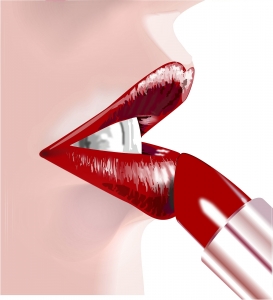Chanel, Inc. (“Opposer” or “Chanel”) filed an Opposition proceeding against an individual applicant Jerzy Makarczyk (“Applicant”) who filed to register the mark CHANEL. The Applicant was interested in protecting the mark CHANEL for real estate development and construction of commercial, residential, and hotel properties in International Class 37. Chanel opposed the application on the grounds of dilution by blurring under §43(c) of the Trademark Act, 15 U.S.C. §1152(a), likelihood of confusion, and false suggestion of a connection under the Trademark Act. Opposer uses the CHANEL mark on a variety of goods, including but not limited to apparel, jewelry, sunglasses, perfume, and cosmetics. And also for retail store services in the field of clothing and accessories. The Trademark Trial and Appeal Board (“TTAB” or “Board”) did not reach the issues of likelihood of confusion or false suggestion of a connection under the Trademark Act. See Chanel, Inc. v. Jerzy Makarczyk, Opposition No. 91208352 (May 27, 2014)[precedential].
The Trademark Act Sections 13 and 43(c) (15 U.S.C. §§ 1063 and 1125(c)) provide a cause of action for dilution. Dilution by blurring is an association arising from a similarity between a trademark or trade name and a famous mark that impairs the distinctiveness of the famous trademark. The Court of Appeals for the Federal Circuit set forth four elements a plaintiff must prove in order to succeed on this type of claim in a Board proceeding:
(1) Plaintiff’s trademark must be “famous” and “distinctive”;
(2) Defendant must be using a mark in commerce that allegedly is diluting the Plaintiff’s famous mark;
(3) The Defendant’s use of the trademark must have begun after the Plaintiff’s mark became famous; and
(4) The Defendant’s use is likely to cause dilution by blurring.
This standard was set forth in Coach Services, Inc. v. Triumph Learning LLC, 668 F.3d 1356, 101 USPQ2d 1713, 1723-1724 (Fed. Cir. 2012). To address the first element, the following factors must be reviewed: (1) the duration, extent, and reach of the brand’s advertising and publicity; (2) the amount, volume, and extent of sales or services; and (3) the extent of actual recognition of the trademark (wide spread recognition by the general public is required). Proving the level of fame required for a dilution claim is a high standard and the opposer has the burden of proof. See our blog post entitled TTAB Precedent – How Fame Impacts A Likelihood Of Confusion Determination, to compare the requirements for a fame showing under different standards. Another way to determine if a mark is “famous” for dilution purposes is to answer this question in the affirmative, if the general public encounters the trademark, will it associate the trademark with the mark’s owner?
 New York Trademark Attorney Blog
New York Trademark Attorney Blog





